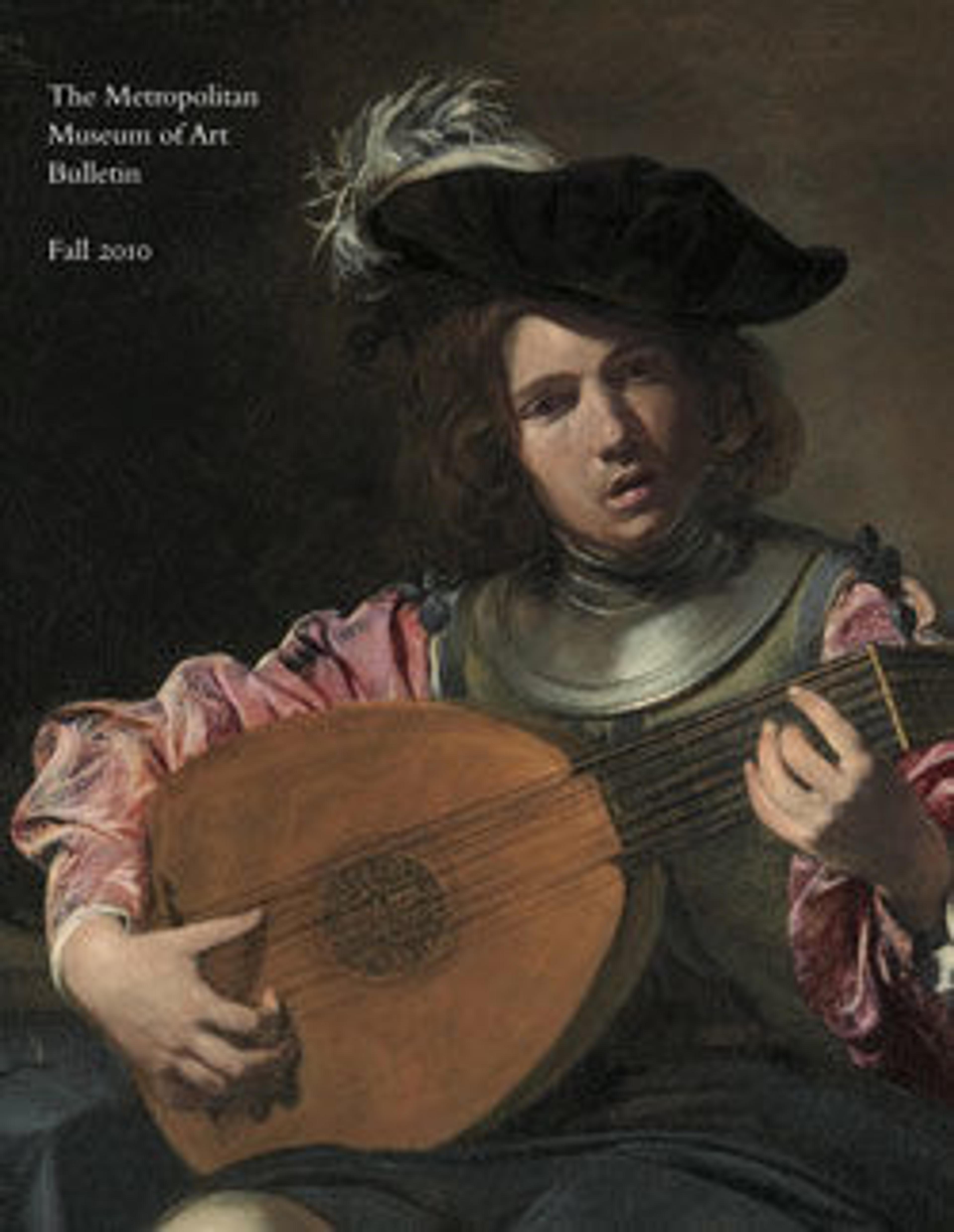Futuh al-Haramayn (Description of the Holy Cities)
The Futuh al-Haramayn consists of a poetic description of the two holy Muslim sites of Mecca and Medina. It was intended to explain the rituals of the pilgrimage (hajj) all Muslims must complete once during their lifetime. The text was composed by Muhi al-Din Lari, completed in India in 1505–6, and copied many times afterwards. Often lavishly illustrated, the Futuh describes important sites to be visited during or after the pilgrimage. It was popular in the sixteenth and seventeenth centuries, when it was mainly copied in the Ottoman realm from Mecca to Istanbul, and also in Central Asia and India. Illustrations of sites and buildings are commonly shown from a bird’s-eye view. Symbols and other details often labeled with inscriptions, enable the reader to identify sites where important miracles of the Prophet and other events took place. Differences in style and quality exist. In the sixteenth century most copies were made in Mecca. This example is one of the first copies thought to have been made in Bukhara.
Artwork Details
- Title:Futuh al-Haramayn (Description of the Holy Cities)
- Author:Muhi al-Din Lari (Iranian or Indian, died 1521 or 1526/27)
- Date:16th century
- Geography:Country of Origin present-day Uzbekistan, probably Bukhara
- Medium:Ink, opaque watercolor, gold on paper
- Dimensions:H. 9 7/16 in. (24 cm)
W. 6 1/2 in. (16.5 cm) - Classification:Codices
- Credit Line:Purchase, Patti Cadby Birch Gift, 2009
- Object Number:2009.343
- Curatorial Department: Islamic Art
More Artwork
Research Resources
The Met provides unparalleled resources for research and welcomes an international community of students and scholars. The Met's Open Access API is where creators and researchers can connect to the The Met collection. Open Access data and public domain images are available for unrestricted commercial and noncommercial use without permission or fee.
To request images under copyright and other restrictions, please use this Image Request form.
Feedback
We continue to research and examine historical and cultural context for objects in The Met collection. If you have comments or questions about this object record, please contact us using the form below. The Museum looks forward to receiving your comments.
